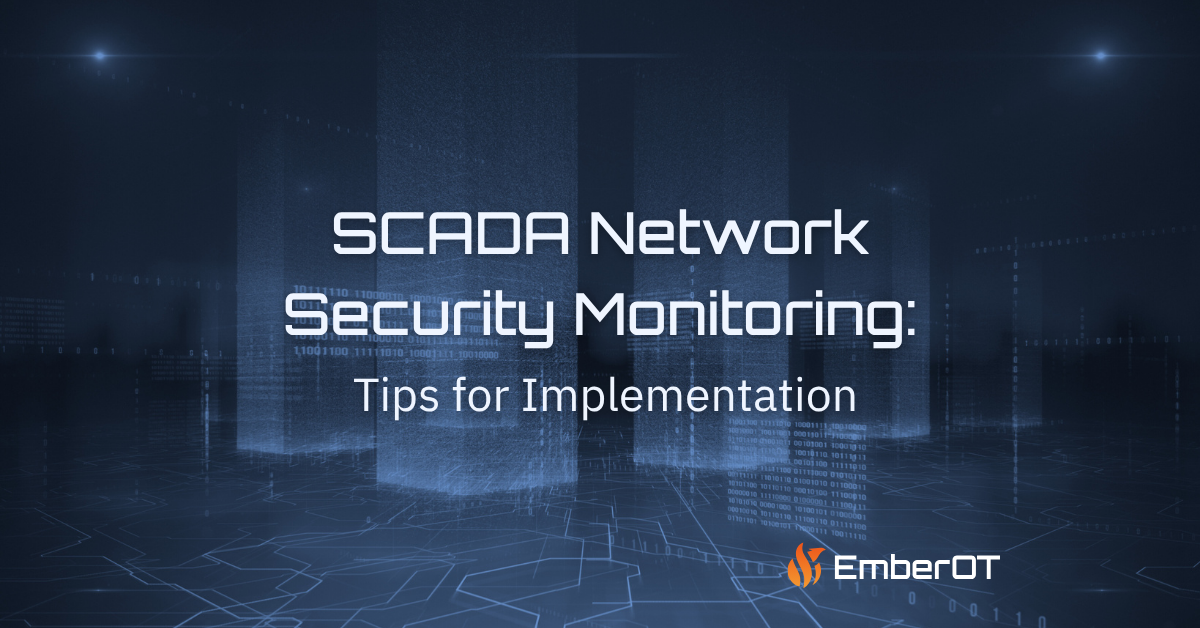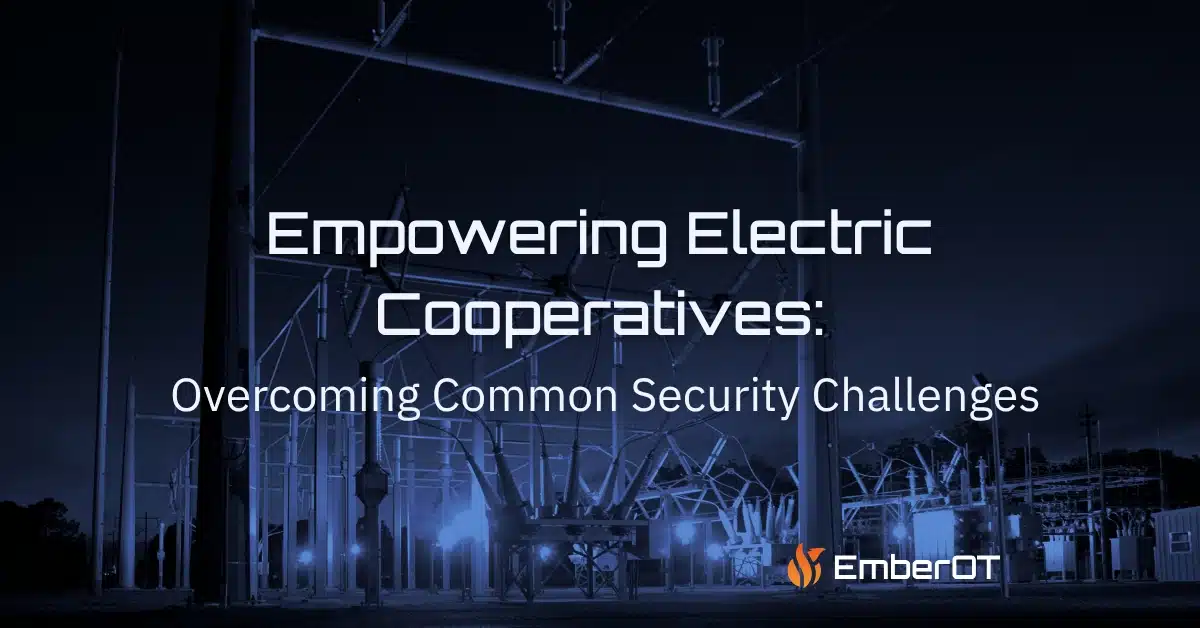Supervisory Control and Data Acquisition (SCADA) systems play a pivotal role in the industrial landscape. These systems oversee and control processes across various critical infrastructure sectors, from power generation and distribution to water treatment, manufacturing, and more. Different industry sectors use different types of control systems, including distributed control systems (DCS), manufacturing execution systems (MES), and process control systems (PCS).
Because SCADA systems are the backbone of critical infrastructure, making sure they are secure and running as intended is crucial for the organizations that utilize them.
Let’s explore the importance of SCADA security monitoring and some of the first steps that teams can take to secure and monitor their SCADA systems.
Understanding SCADA and the Threat Landscape in Critical Infrastructure
At a basic level, SCADA is a system of software and hardware components that allow for the supervision and control of plants, both locally and remotely.
SCADA systems are another place where the lines between IT (information technology) and OT (operational technology) are blurring. While remote access and control into industrial environments may introduce opportunities for greater efficiency, these connections have also introduced new attack vectors and vulnerabilities.
As a result, cyber threats relevant to industrial systems and critical infrastructure are more complex and constantly changing. A compromise to either system can have consequences on safety, operations, and the delivery of services, especially if there’s no clear understanding of the environment’s architecture or visibility into its behavior.
A compromise to the SCADA system of a power grid, for example, can result in a widespread loss of power. Attacks can also compromise the integrity of industrial devices themselves and their safety systems.
Due to the complexity and uniqueness of industrial environments, securing SCADA systems and industrial assets remains a challenge. Industrial sites often utilize legacy assets designed to last a long time, and many have diverse collections of assets from multiple vendors and manufacturers. The adoption of cybersecurity measures is often slow going, and some security best practices are not always applicable within industrial environments.
Staying Ahead of Threats with SCADA Network Security
Visibility into assets and network activity is key to quickly detecting threats, misconfigurations, and other issues before they can have an adverse impact on the environment. When it comes to securing your industrial environment, establishing this understanding is the first step.
Monitoring SCADA systems helps detect threats early on. It also helps to ensure compliance with specific regulatory requirements while reducing compliance costs, reduces downtime, and lowers the financial impact of restoring operations.
Here is how to start implementing SCADA network security within your own environment…
Conduct a Comprehensive Asset Discovery
The first step to establishing full visibility into your environment is to identify and document relevant information for all your devices, endpoints, and network components through a comprehensive asset discovery. This will also clarify the scope of your SCADA system.
Implement Network Segmentation and Monitoring
Dividing the network environment into segmented zones with different levels of access and control can deter lateral movement. Continuous monitoring in these segments also allows for the detection of any anomalies, unauthorized activity, or other unexpected behavior that might disrupt operations.
Continuously Log and Analyze Data
Logging and analyzing network traffic and system activity can make it easier to identify and respond to potential threats and vulnerabilities. This record of environmental data, when properly maintained, can be used as a valuable tool for meeting compliance requirements or even as a backup for rapid system recovery in the event of an outage.
Establish Relevant Security Policies and Controls
Strong security policies around access control, permissions, and network segmentation are important to creating and maintaining hygienic security practices. These should be regularly reviewed and updated to adapt to any changes or gaps.
SCADA Network Security: A Continuous Journey, Not a “One and Done”
Of course, securing critical infrastructure is a continuous process, and a journey with many possible turns. Establishing visibility into your environment and SCADA network monitoring are only the first steps in establishing a strong foundation to guide future security-driven initiatives.
Whether your organization is just getting started on your OT visibility journey or you’re looking for less hardware-dependent solutions, EmberOT offers a lightweight, software-based sensor (the Ember) specifically designed for OT and ICS environments. Gather data across your industrial environment and send it into existing tools and workflows for actionable data and unparalleled insight your teams can use to protect operations. Schedule some time for a personalized demo to learn more about what EmberOT can do.
Become a Subscriber
EMBEROT WILL NEVER SELL, RENT, LOAN, OR DISTRIBUTE YOUR EMAIL ADDRESS TO ANY THIRD PARTY. THAT’S JUST PLAIN RUDE.




